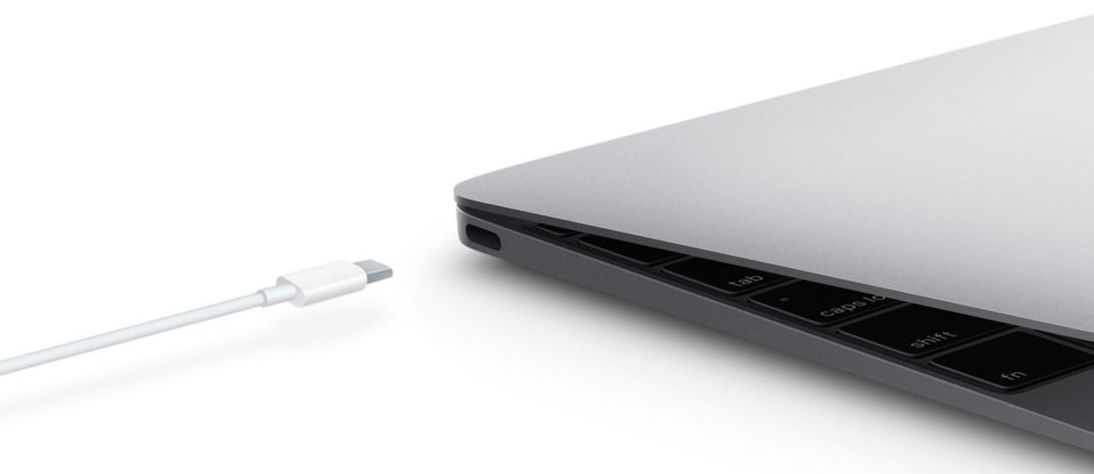These five technologies are making business travel laptops even better

Over the past decades, laptops have progressed from expensive inch-thick slabs to standard and increasingly stylish kit for almost every business traveller.
It’s easy to take them for granted – after all, notebooks have become almost a commodity – and to assume there’s relatively little innovation left to mine.
After all, when your notebook is thin, light and lasts a full working day on a single battery charge, what’s left? Plenty.
Smaller tech = larger batteries
It’s a given that the core technology inside any laptop is becoming faster and more efficient with each generation of chips, but the technology itself is becoming smaller too.
The guts of HP’s latest Spectre Folio laptop have been engineered to fit onto a long yet skinny circuitboard that’s no wider than a Cherry Ripe chocolate bar.
Custom-designed for HP by Intel, yet capable of harnessing the chipmaker’s latest 8th Gen Core i7 processor, this tiny board allows almost all of the remaining space inside the 13 inch laptop to be given over to the battery.
This means a relatively massive battery, which in turns makes for extended battery life – HP is claiming 15-18 hours on a single charge.
Low-power displays
Also helping to boost battery life is a new wave of power-efficient screens championed by Intel which halves battery drain from the 2 watts of conventional displays to just 1 watt.
That might not sound like much, but with that screen already being your laptop's biggest battery drain, Intel's Low Power Display Technology can extend battery life by 4-8 hours.
The trick? Using the laptop's own (Intel-supplied) graphics chip to take more control of the screen.
For example, your notebook's screen redraws its content 60 times a second (a refresh rate of 60Hz), but if you're just sitting looking at a static image – reading an email, a web page, a document or spreadsheet – there's no need for that battery-draining screen refresh.
Instead, the screen might go into a power-parsimonious 'idle' mode and refresh just once each second until you tap the keyboard or nudge the mouse.
Rapid-charge batteries
Capacious battery life is one thing, but you don’t want to have to hang around for hours when it’s time to top up the tank.
Several notebook manufacturers are now embracing rapid-charge technology which can deliver an extra few hours of battery life even when you’ve made only a brief pit-stop at the airport lounge or hotel lobby.
For example, just 15 minutes plugged into an AC outlet will take Lenovo’s Yoga 730 convertible from a near-zero battery to two hours of life (as long as the Yoga 730 is switched off while charging – that's your cue to make some phone calls or grab a coffee).
Privacy-mode screens
I’ve lost count of the number of times somebody sitting next to me on a flight has been working on what is clearly a very sensitive business proposal, report or other document.
As a journalist, I welcome the opportunity to pick up a story lead or other ‘inside information’ from a surreptitious sideways glance (it happens more often than you might suspect.
But as a business owner, I’d hate to have that happen to me.
This is why I rate the HP’s Sure View privacy mode as a winner.
An option on selected HP notebooks, tapping a key renders the screen unreadable to anybody around you who is viewing the display on an angle.
It’s like a digital version of those physical privacy filters which clamp onto your laptop’s display, and should be an option for just every laptop.
USB-C
The rise of USB-C has become the bane of many business travellers when it’s the only type of USB port on a laptop. Suddenly you’re having to carry around an assortment of adaptors, hubs and dongles. So we’re all in favour of devices thoughtfully equipped with at least one of the more common USB-A sockets.
But when laptops are powered by that USB-C jack, life for the business traveller becomes a lot easier.
Hopped onto a plane but accidentally left your AC adaptor at the office or home? You won’t need to hunt down a charger designed just for your brand or even model of laptop – pretty much any USB-C adaptor will suffice, as long as it’s rated to deliver sufficient current (65 watts will do most laptops, although in a pinch 45 watts will provide a slower charge.)
Worst case scenario? Borrow a charger from any MacBook-toting colleague to quickly juice up your notebook.
Better still, you’ll be able to choose from an increasingly wide range of third-party chargers with tricks such as plugs to suit UK, US and European AC outlets plus inbuilt USB sockets so you can also recharge your smartphone, tablet or other devices without having to bring along another charger.


QF
02 Nov 2012
Total posts 48
Good article, thanks David
Hi Guest, join in the discussion on These five technologies are making business travel laptops even better